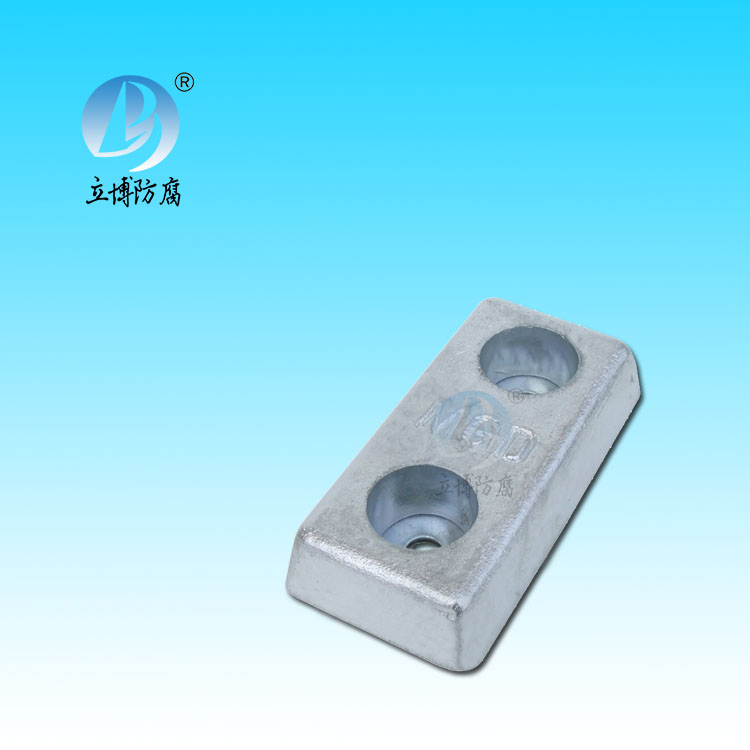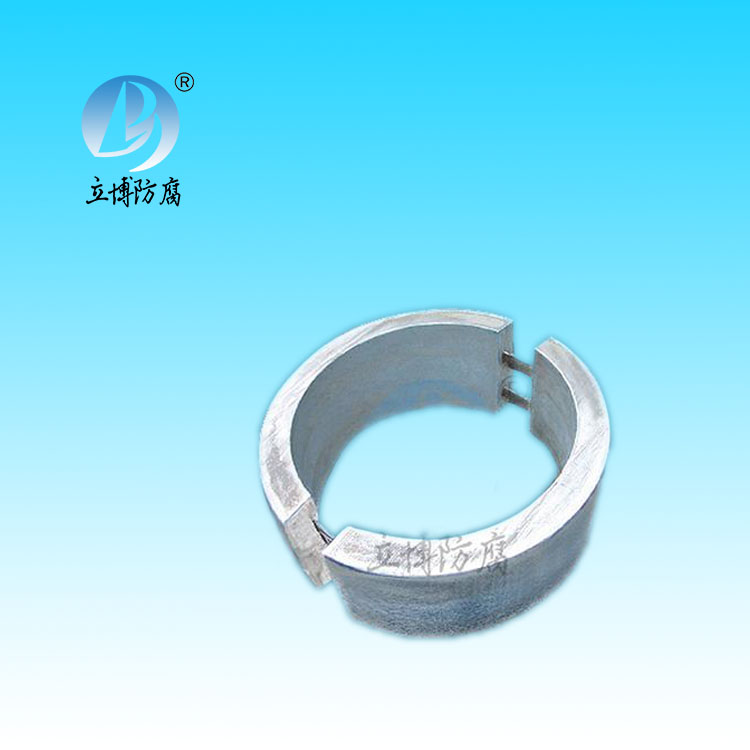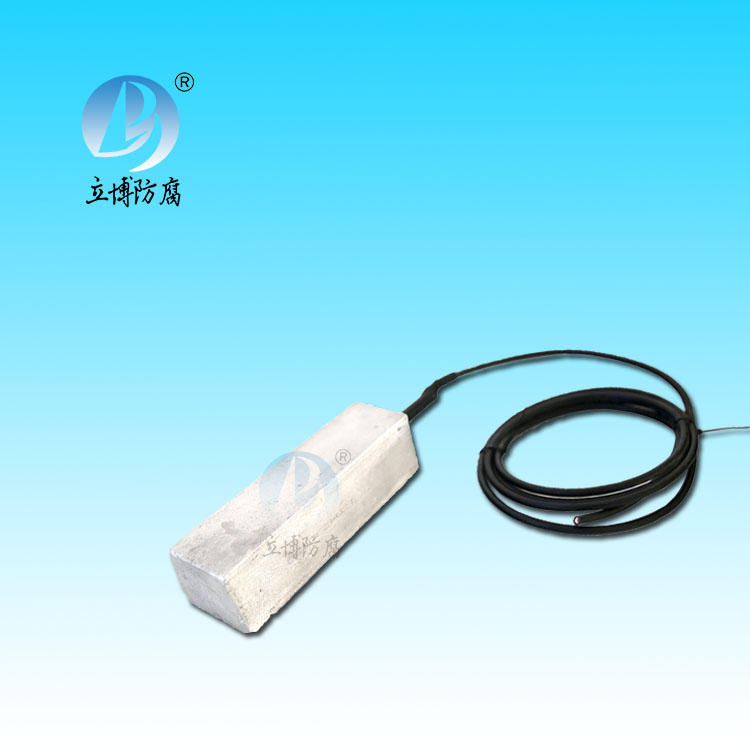News
News
- What is a sacrificial anode
- Basic requirements for reference...
- What does the reference electrode do...
- Why are zinc blocks attached to the ...
- What is the principle of impressed...
- What material does metal structure...
Contact
Phone:18739187123
hotline:0391-7588881
E-mail:970512272@qq.com
Address:Wuzhi County, Jiaozuo City, China
Company News
Composition of impressed current cathodic protection system
- Author:Libo
- Source:wwww.godsgracesalon.com
- Date:2021-06-11
- Click:0
In an impressed current cathodic protection system, a stable DC power supply is required to provide the protection current. At present, there are two widely used rectifier and potentiostat. Generally, when the working conditions of the protected structure (such as the immersed area, water quality, etc.) are basically unchanged or change very little, the manually controlled rectifier can be used; However, when the working condition of the structure is constantly changing, the potentiostat should be automatically controlled to make the potential of the structure always in the best protection range.
There are three kinds of potentiostat widely used in engineering: SCR potentiostat, magnetic saturation potentiostat and transistor potentiostat. SCR potentiostat has large power and small volume, but its overload capacity is not strong. Magnetic saturation potentiostat fastening durable, overload capacity is strong, but the volume is relatively large, processing technology is more complex. Transistor potentiostat output is stable, no noise, high control accuracy, but the circuit is more complex.
Auxiliary anode
The role of the auxiliary anode is to transfer the DC current output from the DC power supply from the medium to the metal structure to be protected. There are many materials that can be used as auxiliary anodes, such as scrap steel, graphite, lead-silver alloy, high-silicon cast iron, platinum-coated titanium, platinum-coated niobium, and mixed metal oxide electrodes. These materials have their own characteristics and are suitable for different occasions.
Reference electrode
The reference electrode has two functions: on the one hand, it is used to measure the potential of the protected structure and monitor the protection effect; On the other hand, the control signal is provided for the automatically controlled potentiostat to adjust the output current, so that the structure is always in a good state of protection. In engineering, the commonly used reference electrodes are copper/saturated copper sulfate, silver/silver halide and zinc reference electrodes, etc., these reference electrodes have their own characteristics, suitable for different occasions.







 客服QQ
客服QQ